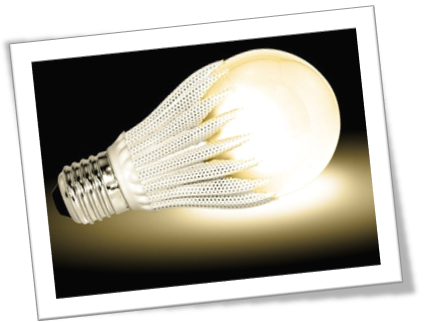The EUP requirements are as follows, referring to 278/2009, 2005/32/EC
1. Phase 1 requirements (deadline: April 2011):
The no-load power consumption cannot exceed 0.5W
The average power consumption cannot be less than:
Rated output power | Re quirement |
Po<1.0W | 0.500xPo |
1.0W≤Po≤51.0W | 0.090xln(Po) |
Po>51.0W | 0.850 |
2. Phase 2 requirements (implemented from April 2011)
The no-load power consumption shall not exceed the following requirements:
| AC to AC external power supply (excluding low-voltage external power supply) | AC to DC external power supply (excluding low-voltage external power supply) | Low voltage external power supply (output voltage less than 6V and current greater than 0.55A) |
Po≤51.0W | 0.5W | 0.3W | 0.3W |
Po>51.0W | 0.5W | 0.5W | N/A |
The average active effeciency shall be not less than:
| AC to AC, AC to DC external power supply (excluding low-voltage external power supply) | Low voltage external power supply (output voltage less than 6V and current greater than 0.55A) |
Po≤1.0W | 0.480xPo+0.140 | 0.497xPo+0.067 |
Po≤51.0W | 0.063xln(Po)+0.622 | 0.075xln(Po)+0.561 |
Po>51.0W | 0.870 | 0.860 |
Summary of Certification Content
1. Definition of EuP directive:

Energy consuming products (hereinafter referred to as EuP) are closely related to many important environmental factors throughout their production, distribution, and use lifecycle, such as the consumption of other raw materials and natural resources (such as water), the generation of waste, environmental pollution caused by the release of harmful substances into the environment, and related climate change caused by energy consumption.
2. The Objectives and Management Scope of the EuP Directive

Objective:
The purpose of the EU's introduction of this directive is to establish a coherent and comprehensive legal framework to regulate the environmental design requirements of energy consuming products, in order to achieve the following objectives:
Ensure the free circulation of energy consuming products within the EU;
Improve the overall environmental performance of these products and protect the environment accordingly;
Ensure energy supply security and enhance the competitiveness of the EU economy;
Maintain the interests of the industry and consumers.
Management scope:
Refers to products that rely on input energy to function normally once they are launched or put into use, as well as products used to generate, convert, and measure that energy, including individual components integrated into EuP for end use. (Definition 2). EuPs that meet the following conditions and fall within the scope should comply with the enforcement measures specified in this directive or adopt relevant self-regulation regulations:
1. According to recent data, its sales and trade volume are significant, with annual sales or trade volume within the EU reaching 200000 units;
2. After consideration, the number of products launched or already in operation has a significant impact on the environment of the European Union;
3. Under the premise of not causing high costs, adopting environmental design can significantly improve the environment.
But the above does not include transportation of people or goods.
The European Commission should prioritize the specific categories of EuP products and develop a work plan by July 6, 2007, which should include the range of products that should be standardized through measures taken within the next three years. This includes products that have high potential for reducing greenhouse gas emissions in a cost-effective manner, as confirmed by the European Union Environmental Change Programme (ECCP), such as heating and hot water equipment, electric motors, lighting equipment for household and service industries Home appliances, office equipment for household and service industries, consumer electronics, and heating and cooling equipment. In addition, individual implementation measures should be developed for standby state energy losses of related products (Article 16).

More detailed content:
The Relationship between the EuP Directive and Other Current EU Regulations
Implementation Measures of EuP Directive
EuP Directive Schedule
EuP Directive Disciplinary Measures
With the progress of society and the improvement of living standards, people's attention to the environment is also increasing day by day. Governments of various countries, especially those in developed countries, are increasingly considering environmental factors when formulating policies to ensure sustainable social development.
The use of energy products (EuP) is generally believed to have several impacts on the environment during the production, distribution, use, and disposal stages, such as climate change, energy and resource consumption, and the generation of general and toxic waste.